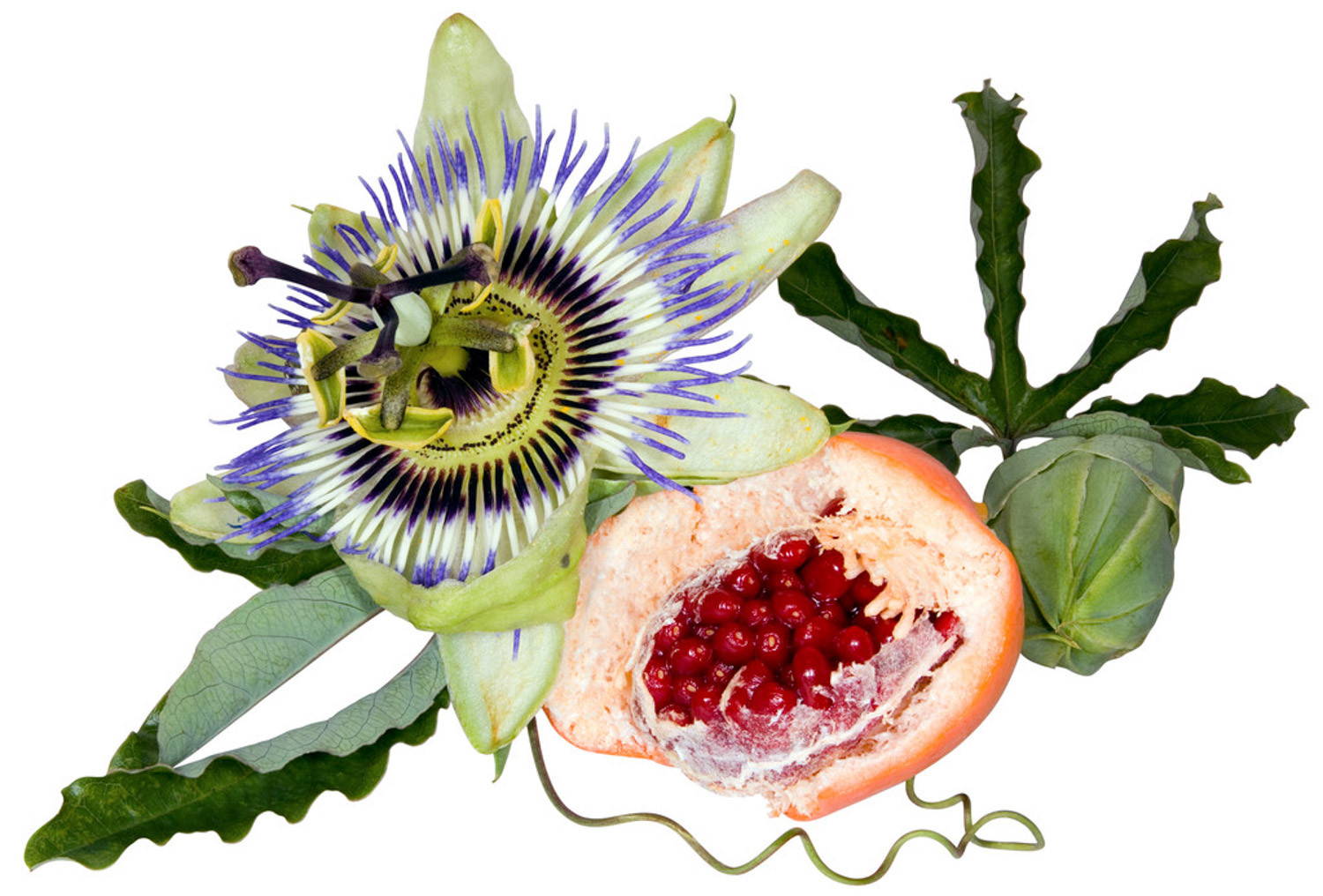1、 Fruiting pruning
When the fruit is produced, the branches of the fruit should be trimmed to ensure that there are five or six fruits on each branch. The terminal bud should be removed to save nutrients and promote the provision of nutrients to the fruit, which can improve the yield of primary fruit

2、 Post harvest pruning
After the fruit is harvested, the fruit branches should be cut off from the base, leaving only two or three sections, so that the new fruit branches can germinate. Leave three or four sections on the side vine to ensure that the side vine can grow smoothly in the later stage. In addition, at this time, the sick and weak branches, residual branches and over dense branches should be cut off. If there are branches growing to the ground, they should also be cut short and cut from a place 20-30 cm away from the ground, which is more conducive to ventilation

3、 Winter pruning
In winter, when all the fruits are harvested, it is necessary to re cut and save a lot of nutrients, so as to ensure the full pumping of multi-level branches and promote the increase of the number of flower buds and hanging fruits in the later stage. In addition, at the end of March in spring, long branches and pest branches should be cut off to prepare for increasing production

4、 Reasons for flowering and fruiting failure
After flowering and before fruiting, if the weather is hot and the watering is not timely, the flower buds cannot grow due to lack of water, and will turn yellow and fall off in the later stage. It is also possible that the flower bud can not expand and grow due to the low temperature environment during its growth, and the fertilizer concentration applied at this time is too high and its resistance is not strong, which will produce this kind of phenomenon

 how many times do yo...
how many times do yo... how many planted tre...
how many planted tre... how many pine trees ...
how many pine trees ... how many pecan trees...
how many pecan trees... how many plants comp...
how many plants comp... how many plants can ...
how many plants can ... how many plants and ...
how many plants and ... how many pepper plan...
how many pepper plan...
































